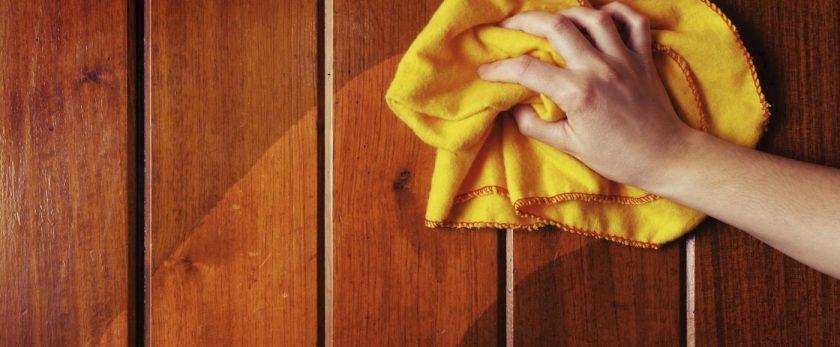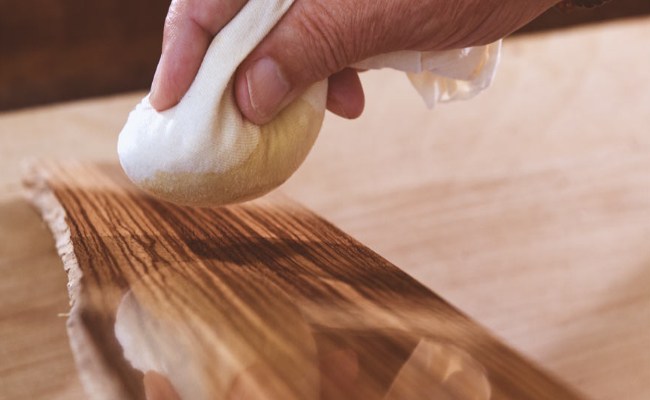Quality wooden furniture is supposed to last you a lifetime, and more often than not, becomes a treasured heirloom that is passed down from generation to generation. Even so, even the highest quality wood can become scratched up and battered if not correctly taken care of.
Many people mistakenly believe that merely dusting wooden furniture once in a while is enough to keep them in shape. This could not be further from the truth. Wood is actually vulnerable to changes in temperature, UV light and moisture.
Whether it is that antique that has been in the family for generations or a new piece that you had custom-made, a certain amount of care needs to be shown to ensure that your wooden furniture remains in mint condition for years to come.

Here are a few tips that I have compiled to help you do just that:
1. Don’t put a ring on it.
To avoid rings and heat damage to your wooden tables, always use a coaster when setting glasses or mugs on them. Also, try to avoid placing hot food containers directly on the table’s surface. Decorative place-mats and tablecloths will go a long way in protecting your dining table from spillage.
2. Keep out of the sun.
Sunlight, heat and other factors can contribute to your furniture warping and discoloring. Try not to place your furniture close to open windows, vents or fireplaces, to avoid the wood drying out and cracking.
3. Dust often
Dusting is an integral part of taking care of your furniture. It is recommended that you dust your furniture every few days to avoid too much of a build-up. Soft cloths and dusters work, but all they really do is get the dust off the furniture and back in the air, ready to settle back on the surfaces again once your back is turned. You will be better off using a damp cloth or a lambswool duster with lanolin to capture the dust adequately.
4. Keep it clean
Dusting on its own is generally not enough, and there will be times where you will need to clean the furniture thoroughly. Avoid using all-purpose cleaners or ammonia-based products, since they do more harm than good. Your best option is to simply use a little warm soapy water and wiping it dry. Cleaning your furniture with water won’t hurt it, provided you’re not soaking it.
5. Wax on, wax off.
The ideal way to finish off a good clean is to use some good-quality soft paste wax. Apply a thin coat as per the label’s instructions and wait 5 minutes. Once that’s done, buff lightly with a soft brush or cloth. Wait for another 30 to 60 minutes, then buff it again with a bit more vigor. You’ll end up with a beautiful shiny finish that will last you for months.

6. Skip the nourishment.
Wood doesn’t get hungry! No matter what the advertisements say, you can’t feed your furniture with oils and polishes, since these products cannot penetrate the wood sealant. All you are really going to be doing is creating an oily barrier on the wood that will attract dust and dirt, meaning you’ll just end up having to clean all over again.
7. Home remedies work wonders for minor repairs.
There are several different ways you can repair minor nicks and dings to your hardwood furniture with household items. For instance, a mixture of baking soda and non-gel toothpaste works wonders in getting rid of rings and spots caused by a hot coffee mug or hot pizza box.
Minor scratches on wood can be easily masked with a marker or shoe polish. The important thing to remember is to match the color as closely as possible and apply the solution in the direction of the scratch.
8. Keep it Fresh
Older furniture can sometimes develop funky smells, especially if they have been in storage for a while. To combat this, you can sprinkle some baking soda on the furniture, and place a pan of charcoal in the drawers to absorb odors. If you are lucky enough to have a shaded area outdoors, you can even leave the furniture there on a warm, dry day and let nature take care of getting rid of the smell for you.
9. Keep the bugs at bay.
Check your furniture regularly for termite or bug infestations. Some of the signs to look out for are sawdust-like material called frass on or near the furniture, small holes suddenly appearing on the furniture, or termite wings and droppings. If you ever suspect an infestation, get an exterminator in to deal with the problem.
10. Get an opinion.
Restoring or refinishing an older or antique piece of furniture to its original glory is very often a good idea. However, it’s essential to get advice from someone who understands what you are considering. You may find that your piece is valuable and just needs proper cleaning. Any further extensive work should be left to a professional, such as one of the experts at Woolstore Furniture.
So, to wrap up, taking care of wooden furniture is not that hard if you keep it simple and regular. There is a certain old-age charm in wood and caring for it makes sure that the appeal lasts longer!




Good read, nice job on this one!